The American Hospital Association (AHA) engaged McManis Consulting to estimate the start-up and ongoing costs for Accountable Care Organizations (ACOs). The recently released analysis was based primarily on information gleaned from studying four case examples of provider organizations of different types and sizes that have already established many of the 23 types of “ACO activities” in recent years.
The analysis concludes that ACO-related start-up costs are between $5-12 million, and ongoing costs are between $6-14 million, depending on the size of the organization. These numbers are far higher than the $1.7M start-up figure that has been widely discussed, which was based on the Medicare Physician Group Practice demonstration project.
The AHA wrote a letter to the CMS Director, Don Berwick, to summarize these new calculations and argue that that the draft regulations of the Medicare Shared Savings Program (the ACO program included in the healthcare reform bill) need to include less risk and more gain sharing by providers in order to make the voluntary program worthwhile.
Re-framing the AHA Numbers from a Physician and Population Health Perspective
I applaud the AHA for undertaking quantitative calculations and releasing them for public scrutiny. Whenever I see such numbers, I feel compelled to take out my calculator and start doing some math to see whether the implicit assumptions behind the calculations align with my own “walking around numbers” based on prior experience. I have previously done such a review of ACO-related model results released by Haywood and Kosel in the New England Journal of Medicine. And, I previously did a 2-part review of an ACO model released by Milliman, the actuarial consultancy (part 1 and part 2).
When a hospital association thinks about costs, they naturally think of the unit of analysis to be a “hospital system” — hence their reporting of results based on a “1-hospital” and “5-hospital” system. But, when I think of an ACO, I think first of a physician-initiated concept of an ACO, intended to take responsibility of the defined population of patients that have care relationships with those physicians. Therefore, I think of the start-up costs as being most naturally expressed on a per-physician basis. When thinking of ongoing costs — particularly for functions such as network management and clinical programs, I think first of the context of health plans who have traditionally carried out those functions. Health plans most naturally think of such ongoing costs expressed on a “per member per month” (PMPM) basis. To calculate PMPM cost, one has to be able to count “members” (the defined population for which the ACO is taking responsibility). I found it amazing that the AHA/McManis model never mentions the size of the population, revealing a hospital-centered rather than population-focused mental model. To estimate the population size, I assumed that each primary care physician would care for an average all-payer panel size of 2000 patients.
I found the AHA/McManis “activity” categories to be pretty intuitive, but I felt the need to rename them slightly to conform to my own terminology, and to break out the “clinical programs” category to align with the way health plans break out such programs, separating the member-facing wellness & care management activities vs. the provider-facing practice improvement support (including Lean thinking) vs. the provider-delivered hospitalist services.
Based on this lumping, splitting, labeling and math work, I came up with the following revised summary table for the analysis.
The table reveals that start-up costs are an affordable $16K per physician, two-thirds of which are health information technology (HIT) costs. At least some of these HIT costs would be offset by HIT “meaningful use” funding included in the federal stimulus package, and some additional portion would be offset by eventual office efficiencies expected to accrue due to automation. The table shows that ongoing cost amount to $2.35 PMPM, 40% of which is for administrative overhead for leadership and network management.
In my opinion, the most shocking number for start-up cost is the $200 per physician for practice improvement. In my experience, the work to initially establish the basic set of patient-centered medical home processes and population management processes in physician offices is a huge undertaking, involving taking clinic staff off-line from patient care duties and leveraging practice improvement coaches (including Lean coaches). $200 does not seem like a reasonable assumption for that work. The text of the AHA report said that they assumed $10K per “practice” just for NCQA PCMH certification, but the final calculations do not seem to include that amount. Even if the entire $16K per physician start-up cost was dedicated to starting up such processes, I would conclude it is an under-estimate based on my experience observing this activity in many clinics.
Wellness and Care Management Costs are Substantially Underestimated
The estimated ongoing costs for wellness and care management is only $0.59 PMPM. This is a very low number, particularly since the AHA/McManis report says “all of the case studies are pursuing disease management strategies aggressively.” Health plans are far more aggressive, at least in terms of budget. By comparison, the typical PMPM cost that commercial PPO health plans invest in wellness and care management services would be in the $1-5 range (with $2 being my estimate of most typical), while Medicare Advantage (MA) plans would typically spend $5-15 PMPM on such programs (with $10 being my estimate of most typical). Therefore, typical MA plans spend 17 times as much as the AHA estimate on wellness and care management.
It is true that many health plans outsource such programs to vendors who typically charge more per hour of service than a clinic is likely to pay for its own internal staff members. On the other hand, most health-plan sponsored programs are delivered through efficient, high volume telephone call centers. I am convinced that integrating wellness and care management programs into primary care clinics will make them far more effective. But, such integration with primary care clinics will also increase the operating cost, particularly for smaller clinics and in scenarios where the providers are delivering such services only to a subset of their patients for which they receive ACO-type reimbursement. In such a scenario, clinic-based wellness and care management costs must include waste from underutilized care managers and/or travel time for shared care managers. In any case, I feel the AHA numbers are really low-balling wellness and care management processes.
I noted that the AHA assumptions described in the text of the report included “1 care coordinator per 350 patients with chronic conditions (works out to 1 coordinator for every 1.5 physicians) at $75K per coordinator.” Based on my calculations, that would add up to between $1.30 and $3.80 PMPM, just for care coordinators, depending on whether you interpreted them to mean all physicians vs. just PCPs. So, I was unable to get close to the numbers in their final report based on my own validation calculations.
So, does that mean ACOs are not a good investment?
In recent weeks, since the draft regulations were published for the Medicare Shared Savings Program, there has been a roar of voices declaring that the ACO concept is dead on arrival. In my opinion, and in the opinion of many health care leaders, the surge in ACO pessimism is premature.
The excellent list of 23 ACO-related “activities” outlined in the AHA/McManis report represent a thoughtful long-range “to-do” list that should be considered by provider organizations of all types as being necessary preparations for a future state where they are able to take more responsibility for population health and associated costs. That general direction seems certain, even if the specific initiatives of various government and private payers and other stakeholders may pose challenges along the way. Healthcare leaders should not look at the CMS ACO regs and conclude “well, it’s clearly not worth it to invest in population health management capabilities.”



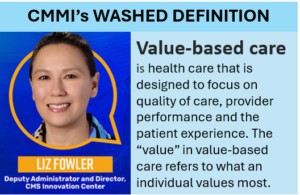


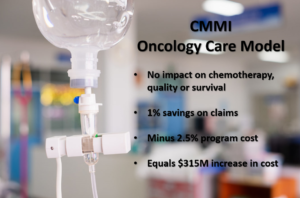






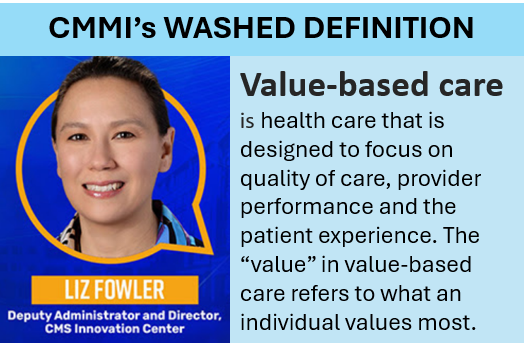


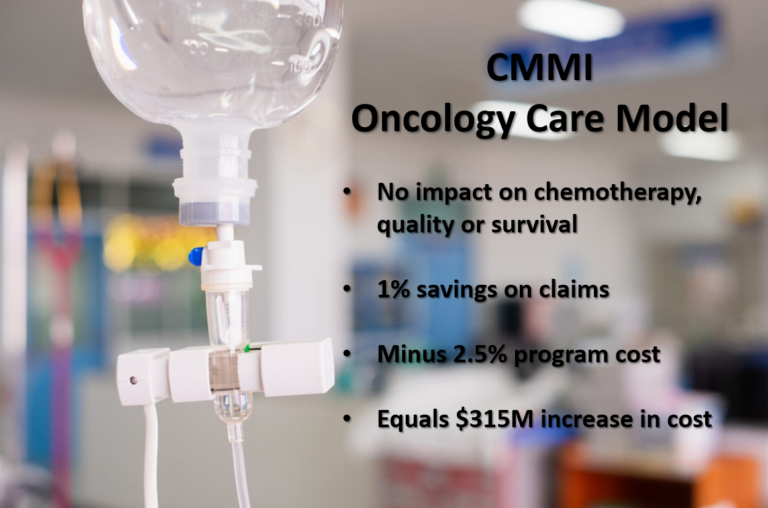

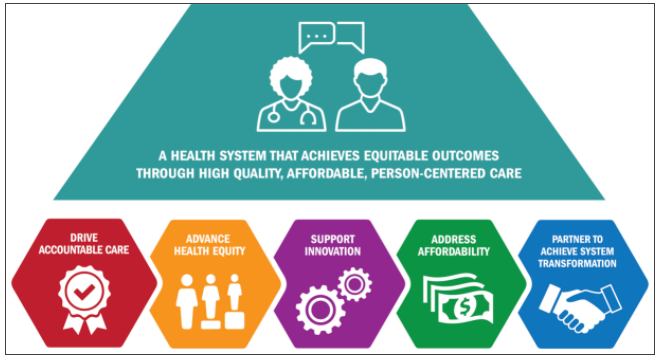
1 thought on “Part 1 of Critique of AHA analysis showing higher ACO-related costs: Still underestimating care management cost”
Pingback: Part 2 of Critique of AHA analysis showing higher ACO-related costs: Is being “local” worth 40% more?